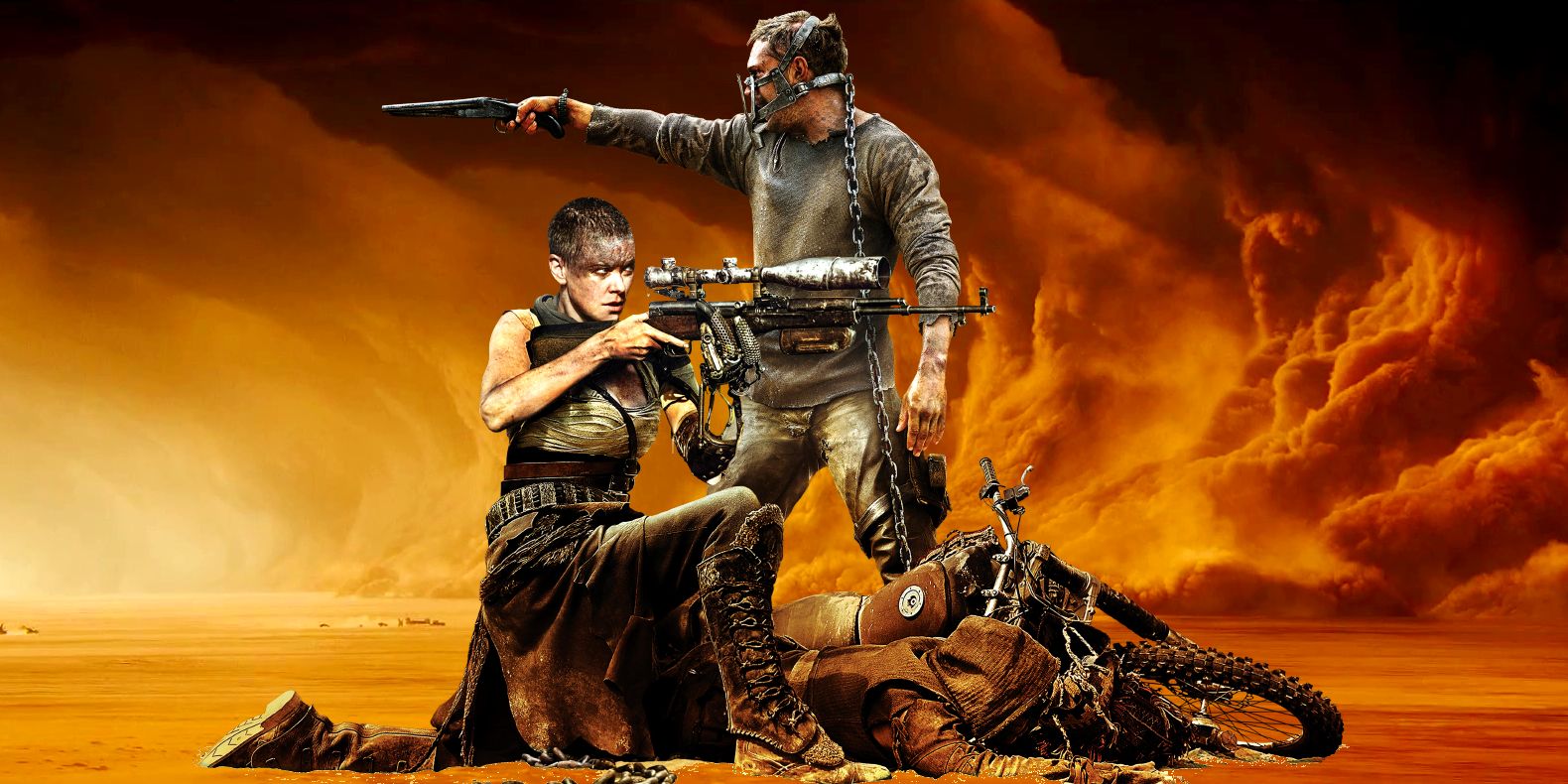
This crucial theme can no longer be considered as merely about coming to terms with our land, but our treatment of it: what we have done and continue to do to the natural world.

And we are starting to have conversations about many other very Mad Max-ian things, such as the prospect of our children one day waging wars over food and water.Īs for that great theme in Australian cinema, about – as our national anthem describes it – a land of “golden soil” and “beauty rich and rare”, the climate crisis has changed the way we must think about and interpret it. But we are beginning to get a picture of what new kinds of eco-fascism and eco-authoritarianism might look like, including its genocidal implications. We may be a while away from a despot fitted with a respirator, horrible rows of horse teeth and armour made of bulletproof plexiglass, and who deprives starving citizens. The Mad Max movies have never been more important, because the gap is shortening between the imaginative world and the real one. With rising sea levels, increasing global heating and the myriad of consequences that come with this, science irrefutably tells us that very bad things have already come to pass in the real world, with a lot more where that came from. Miller has described the future world of Mad Max as taking place “next Wednesday – when all the bad things we read in the news come to pass”. Today, the most obvious and logical lens with which to view the environmental devastation in Mad Max is the climate crisis. Photograph: Allstar/Orion Home\Warner Bros Mel Gibson and Steve Bisley as Max and Jim Goose in the original Mad Max. It was inspired in part by the 1973 “oil shock”, which saw the price of petrol skyrocket, making it eerily plausible that one day highway gangs might – to quote the narrator of The Road Warrior – “wage war for a tank of juice”.

But Mad Max was conceived with political realities and collective fears of the time in mind and is malleable in terms of its political messages a canvas upon which we can project various postulations. Miller has described Mad Max as taking place 'next Wednesday – when all the bad things we read in the news come to pass'Ĭonceived in the 1970s, when global heating wasn’t big in the public consciousness, the environmental degradation in Mad Max (in part a result of fallout from a nuclear war that occurred between the end of the first film and the start of the second) is not explicitly related to the climate crisis. Furiosa will jump back in time and break the linear narrative by exploring the character’s past, but it won’t offer a comforting vision of the future of humankind, that’s for sure. By Fury Road the colours have become frazzled, cooked, burnt to a crisp, smothered in orange. In the original film, most elements of society still function (the police, capitalism, etc) and the colour of the tableau reflects this, dominated by earthy brown (shrubs and parched land), greys (lots of shots of roads) and washed-out blue (the sky). This timeline can be observed aesthetically as well as in narrative terms.


MAD MAX FILMS SERIES
The series so far follows a linear timeline, depicting a world increasingly degraded and destroyed culturally, politically and environmentally. Although Fury Road was actually shot in Namibia (not the director’s first choice of location), it’s very much part of this movement – taking place in the narrative world on the same sun-scorched plains as the previous three Mad Max movies. This is the cinema of Wake in Fright, Picnic at Hanging Rock, Priscilla: Queen of the Desert, The Overlanders, Jedda, Welcome to Woop Woop, Walkabout, Sweet Country, The Nightingale and so many more of our best and boldest films, each ruminating on the environment and the natural world in their own ways.


 0 kommentar(er)
0 kommentar(er)
